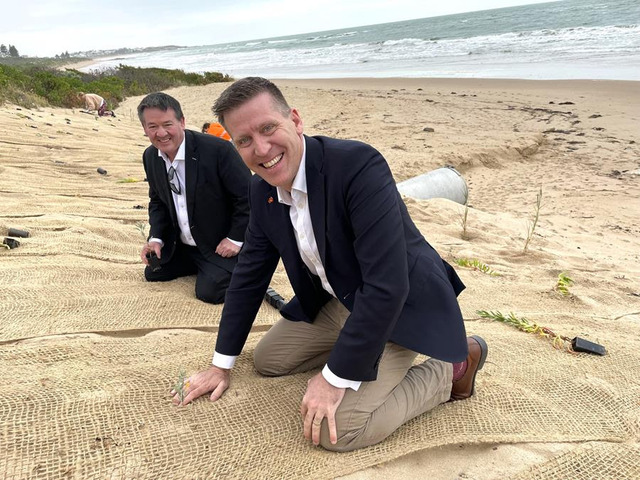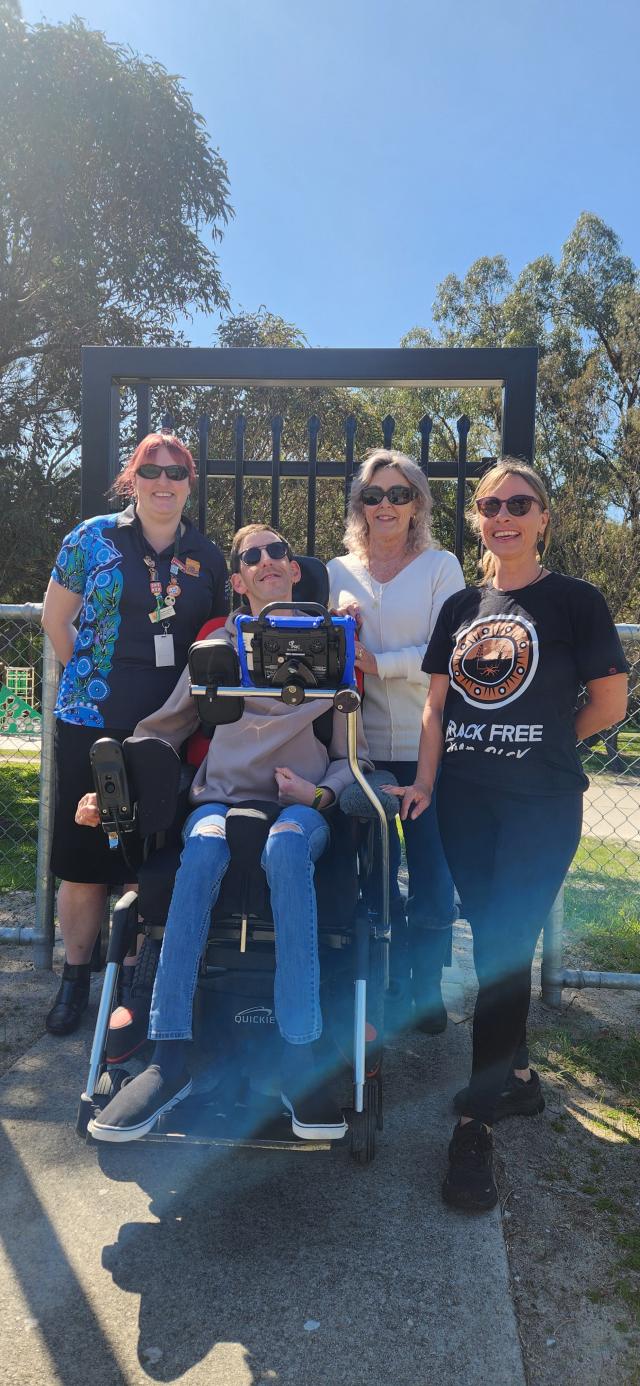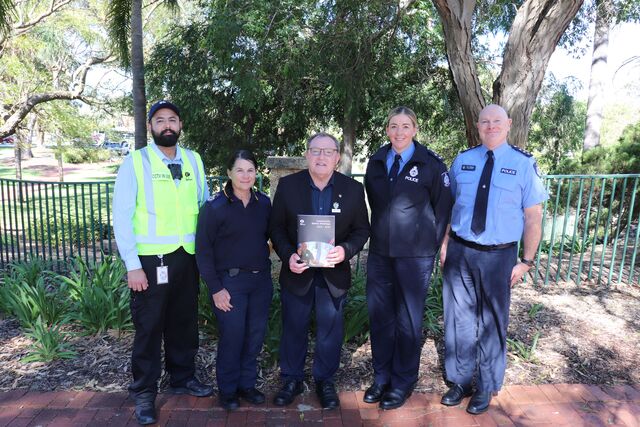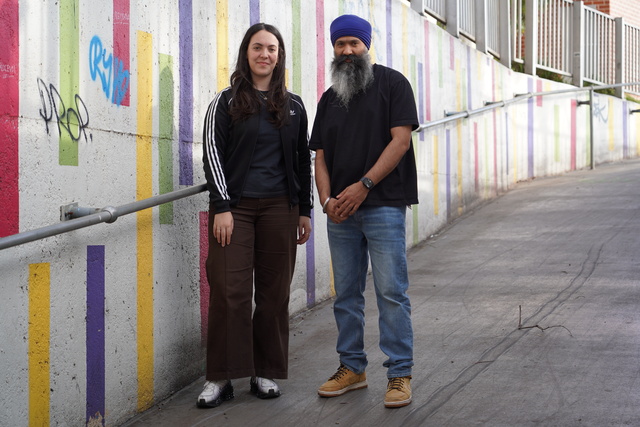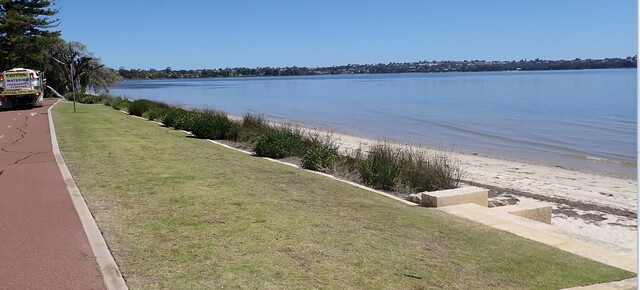The first stage of a landmark coastal adaptation program by Southern Australia’s peak body for councils has outlined seven steps that must be taken to begin future-proofing the state’s coastline against a changing climate.
Stage one of the LGA’s SA Climate Ready Coasts program rollout recently completed an xtensive round of stakeholder engagement, receiving input from 30 coastal councils, key state government departments, regulatory bodies and research institutions on what is needed to better protect our state’s beaches against extreme weather and erosion.
Feedback gained throughout the process has highlighted the priorities which must be considered as the SA Climate Ready Coasts program takes shape and engages with key partners.
The priorities are: establishing clear coastal governance; developing Coastal Hazard Adaptation Planning Standards; establishing a quality control mechanism; developing a flexible implementation model to account for differing coastal, council and community contexts; deciding on appropriate scale and scope for coastal hazard adaptation; improving access to funding to accelerate coastal hazard adaptation planning and action; building skills, momentum and a culture of sharing through investment in coordination;
LGA South Australia Chief Executive Officer Clinton Jury said the SA Climate Ready Coasts program is critical to improving coastal management in South Australia – particularly how local and state government, and other stakeholders collaborate – and bringing our framework into line with other states.
“More than 90 per cent of people living in South Australia are located within 50 kilometres of the coast, while around six million tourists visit our beaches every year – that’s why it’s critically important we have appropriate measures in place to protect and preserve our coastline,” Mr Jury said.
“Our beaches are one of our state’s most valuable assets, yet early feedback gained through the SA Climate Ready Coasts program stakeholder engagement process showed there are clear gaps in our current approach to coastal adaptation, particularly in terms of governance, information, infrastructure and funding.
“This leaves South Australian coastlines vulnerable in the face of stronger storms, more severe coastal hazards and rising seas caused by climate change – putting people, homes, infrastructure like jetties and natural resources at risk.
“Through this initial consultation, we’ve gained valuable insights into what areas need addressing first and how we can begin to coordinate resources most effectively – across government and industry – to deliver best outcomes as we progress through the next stages.”
The immediate next step for the SA Climate Ready Coasts program is to draft the Coastal Hazard Adaptation Planning Standards for South Australia, which will establish agreed principles and methodologies for coastal adaptation adopted by local and state government.
These Standards will build on and supersede the LGA’s Coastal Adaptation Guidelines, which were last updated in 2019, to create a consistent statewide approach outlining the minimum standards for coastal hazard adaptation planning and provide supporting tools and resources.
Stage two of the SA Climate Ready Coasts program – expected to take place between July 2024 and December 2025 – will deliver projects, grants and activities which accelerate coastal hazard adaptation planning.
The SA Climate Ready Coasts program aims to improve the approach to coastal management and accelerate coastal hazard adaptation planning in South Australia.
It is being delivered by LGA South Australia in partnership with the SA Coast Protection Board, Department for Environment and Water, Adelaide Coastal Councils Network and SA Coastal Councils Alliance.

